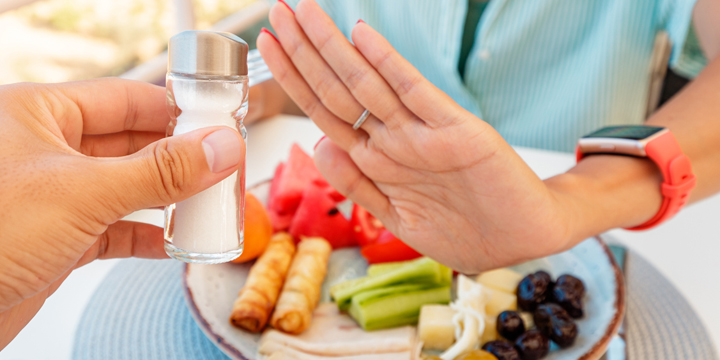
Dining out with diabetes can be a challenging but manageable experience. It requires a bit of planning, mindful choices, and sometimes a bit of assertiveness. Here are some strategies and tips to help make dining out with diabetes both enjoyable and healthful.
Before you go
Before heading out to a restaurant, it’s helpful to check the menu online if possible. Many restaurants provide nutritional information on their websites, which can be invaluable for making informed choices. Look for dishes that are lower in carbohydrates and sugars, as these can help maintain stable blood sugar levels.
Planning ahead can also involve considering the timing of your meal. For people with diabetes, eating at regular intervals is crucial to manage blood sugar levels. Make a reservation if possible to avoid long waits, and aim to eat at a time that aligns with your usual meal schedule.
Healthier menu picks
When it comes to ordering, focus on balance. A good meal should have a mix of protein, healthy fats, and fiber-rich carbohydrates. Here are some tips:
Appetizers
Opt for non-starchy vegetables, lean proteins, and healthy fats. For instance, a salad with olive oil dressing, a vegetable soup, or shrimp cocktail can be good choices. Avoid fried and breaded options as they can be high in unhealthy fats and carbohydrates.
Main courses
Look for grilled, baked, or broiled options rather than fried or sautéed in heavy sauces. Lean proteins like chicken, fish, and tofu are great choices. Ask for sauces and dressings on the side so you can control how much you cons
Side dishes
Non-starchy vegetables are the best choice. Steamed broccoli, sautéed spinach, or a mixed green salad are excellent options. If you want a carbohydrate-rich side, consider a small portion of whole grains like quinoa or brown rice, or a small baked sweet potato.
Desserts
If you’re craving something sweet, ask if the restaurant has fresh fruit or a small portion of a lower-sugar dessert. Alternatively, you can grab a small piece of dark chocolate when you get home or another option that fits your healthy eating plan.
Communicate with the staff at the restaurant
Don’t hesitate to communicate your dietary needs to the restaurant staff. Most places are willing to accommodate special requests, such as preparing food without added sugars or swapping out high-carb sides for extra vegetables. Politely explaining your dietary restrictions can help ensure that your meal is prepared in a way that meets your health needs.
Portion control
Restaurant portions are often larger than what is appropriate for one meal. Consider sharing an entrée with a dining companion or ask for a to-go box at the start of the meal and pack away half of your dish. This can help prevent overeating and allow you to enjoy a balanced portion. In addition, you will have another meal for the next day!
Don’t forget to check your blood sugar levels
It’s important to monitor your blood sugar levels more closely when dining out, as restaurant meals can sometimes contain hidden sugars and fats that may affect your levels. Check your blood sugar before and after your meal to understand how different foods impact you. If you’re using insulin, be prepared to adjust your dose based on your meal’s carbohydrate content.
A note about alcohol
If you choose to drink alcohol, do so in moderation and always with food. Alcohol can cause blood sugar levels to fluctuate unpredictably. Dry wines, light beers, and spirits mixed with sugar-free mixers are generally better options than sugary cocktails. Always consult with your healthcare provider about how to safely include alcohol in your diet.
Eating out with diabetes can be manageable and enjoyable with the right approach. By planning ahead, making careful menu selections, and communicating your dietary needs, you can relish dining out without compromising your blood sugar levels. Keep an eye on your levels, manage portion sizes, and opt for balanced meals to maintain your health while savouring the experience.




